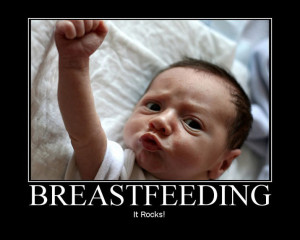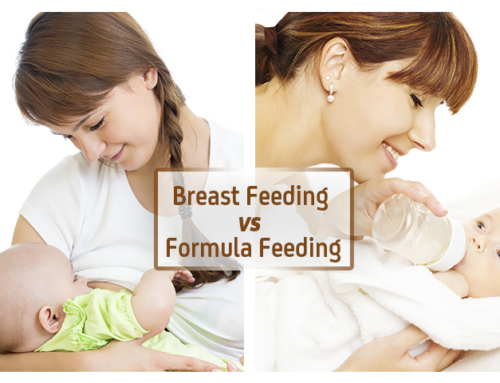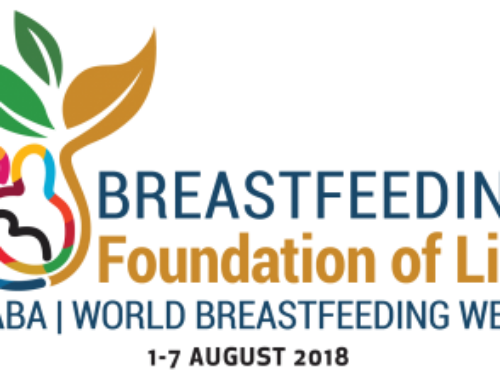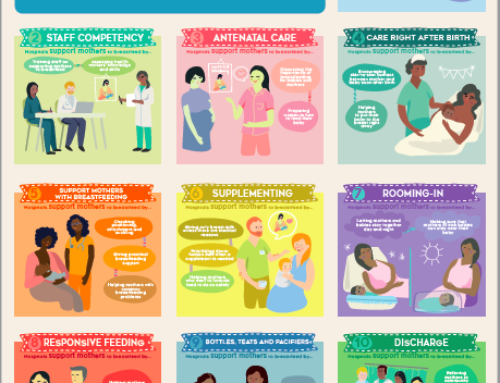Back in 2010, some doctors published an article in Pediatrics looking at the cost of suboptimal breastfeeding rates (“optimal” defined as 80-90% of women exclusively breastfeeding for six months) in the United States[2]. I’ve covered this elsewhere but let’s remind people of the cost in the United States, a Western country with clean water and few diseases (relatively speaking). The authors found that the US health care system would save $13 billion a year and we would lose 911 less children, most of them infants under 1 year of age.
Sit on that for a moment.
Now, the joy of fixing this one is that it doesn’t mean mothers have to breastfeed. It simply means we need to make breastmilk more readily available to women who choose not to breastfeed or who can’t breastfeed for myriad reasons. And this is the big push I always try to make – it’s about getting babies the milk they are biologically designed to have and saving formula for the absolute worst case scenarios where it’s needed.
But we also have to talk about the effect of this suboptimal breastfeeding on moms, because we know that not breastfeeding increases the risk of a variety of ailments including cancers and heart disease. Recently, the same researchers who looked at the effects of suboptimal breastfeeding rates on infant and child mortality looked at the same question but for women’s mortality and the economic cost associated with it[3].
In this study the authors used statistical modeling to map out the rates of five diseases (i.e., breast cancer, ovarian cancer, hypertension, Type 2 diabetes, and myocardial infraction) in a cohort of women who were 15 in 2002 based on what we know of prevalence of the disease (including race, age, etc.) assuming the rate of breastfeeding we currently have and then again assuming an “optimal” level. (Of note, there are other diseases linked to breastfeeding for women, but they were not included in this analysis.) For this analysis optimal became 90% of women breastfeeding at all at a year given the relationship between this duration and the research on various disease outcomes in women. Notably, because of the uncertainty in modeling, the authors rightfully used many (2000 to be exact) imputations of the model to average out the results.
The authors found that, based on current rates of diseases and treatments, we are losing over 72,000 women a year prematurely (before age 70, or 10 years below the national US average for women) because of a failure to read “optimum” breastfeeding rates. Medical costs associated with this is $734 million in direct costs and $126 million in indirect costs. But the biggest financial cost is the economic cost to society due to premature death and at the rates we have, suboptimal breastfeeding is resulting in costs of $17.4 billion a year. (Oh – and did I mention that part of the cost analysis is that it included costs of interventions to get breastfeeding rates up to “optimal” levels? Yeah, they thought of that.)
When we consider mom and babies together, we’re seeing a variety of costs to society that are over $30 billion. Every. Year. So much for breastfeeding not having any effect on our society, eh?
But now we must ask: What’s the solution?
Let’s first talk about the fact that most women who use formula don’t do it because they started out wanting to do that. There are women who made that choice, but they are a minority. The vast majority of women tried breastfeeding and even had goals about what they wanted to achieve and it didn’t work out. And THIS is where we need to focus efforts.
One study looking at breastfeeding intentions and successes in the US found that 60% of mothers wanted to breastfed exclusively for some period[4]. Of this group, 85% wanted to breastfed exclusively for 3 months, but only 45% of them did; 58% wanted to go for five months, but only 25% of them made it. Only 1% of those moms who planned on exclusively breastfeeding said they planned on it for less than a month yet 42% of them stopped within that month.
We have a problem. And it’s not fair to the women or babies who are bearing the brunt of our inability to support moms in reaching their breastfeeding goals. Looking at the numbers, we see that it’s not fair to them to have an increased risk of dying prematurely or suffering cancers or heart disease. It’s not fair for babies to die before they are year. And if life doesn’t ring true, it’s not fair to society to bear such an enormous cost. $30 billion a year. That’s just under half the budget for the entire Department of Education. It’s just $8 billion shy of California’s budget to educate all children from kindergarten through grade 12. In short, it’s a heck of a lot of money that our society is losing in one way or another and that could be prevented.
Isn’t it time we put our money to good use? To get the programs needed in place to support mothers and babies and their breastfeeding goals? Even if we ignore the life costs, there are far too many women running into far too many barriers and not meeting their breastfeeding goals and that has to stop. In a society where we seem to be on a mission to tell moms that formula is just fine, we are ignoring that we should have been supporting these moms from the get-go so that when they chose to switch to formula (if they did at all), it would be on their terms.
[1] http://www.savethechildren.org/atf/cf/%7B9def2ebe-10ae-432c-9bd0-df91d2eba74a%7D/SUPERFOOD%20FOR%20BABIES%20ASIA%20LOW%20RES%282%29.PDF
[2] Bartick M, Reinhold A. The burden of suboptimal breastfeeding in the United States: a pediatric cost analysis. Pediatrics 2010; 125: e1048-e1056.
[3] Bartick M, Stuebe A, Schwarz EB, Luongo C, Reinhold AG, Foster EM. Cost analysis of maternal disease associated with suboptimal breastfeeding. Obstetrics & Gynecology 2013; 122: 111-9.
[4] Perrine CG, Scanlon KS, Li R, Odom E, Grummer-Strawn LM. Baby-friendly hospital practices and meeting exclusive breastfeeding intention. Pediatrics 2012; 130: 54-60.







Leave A Comment